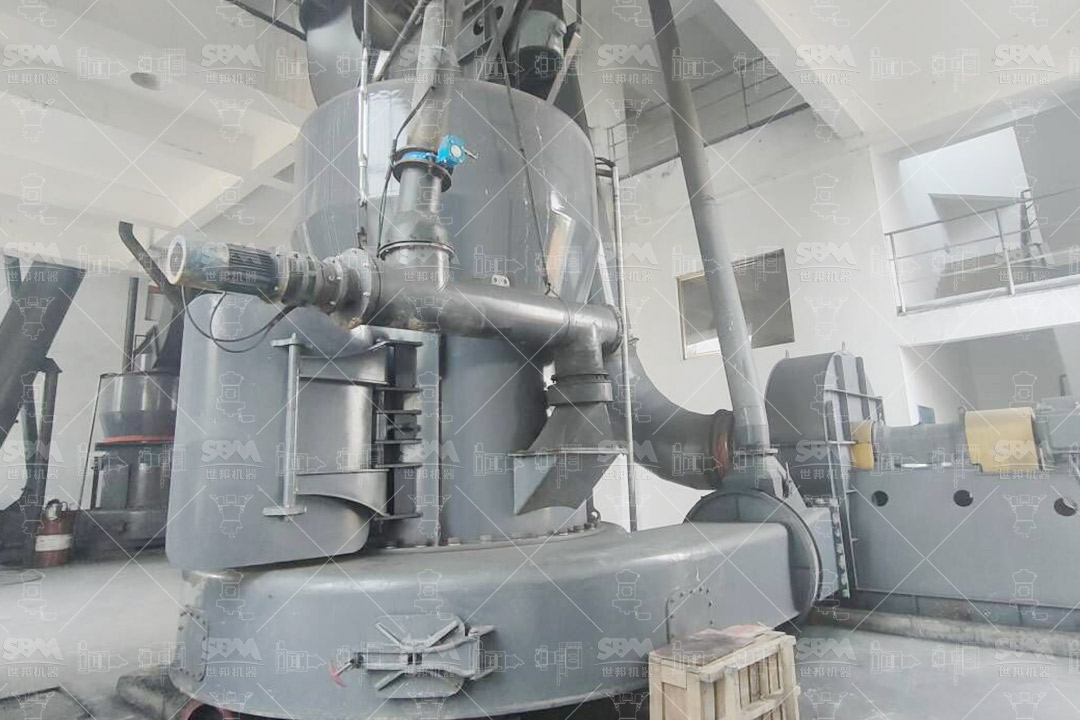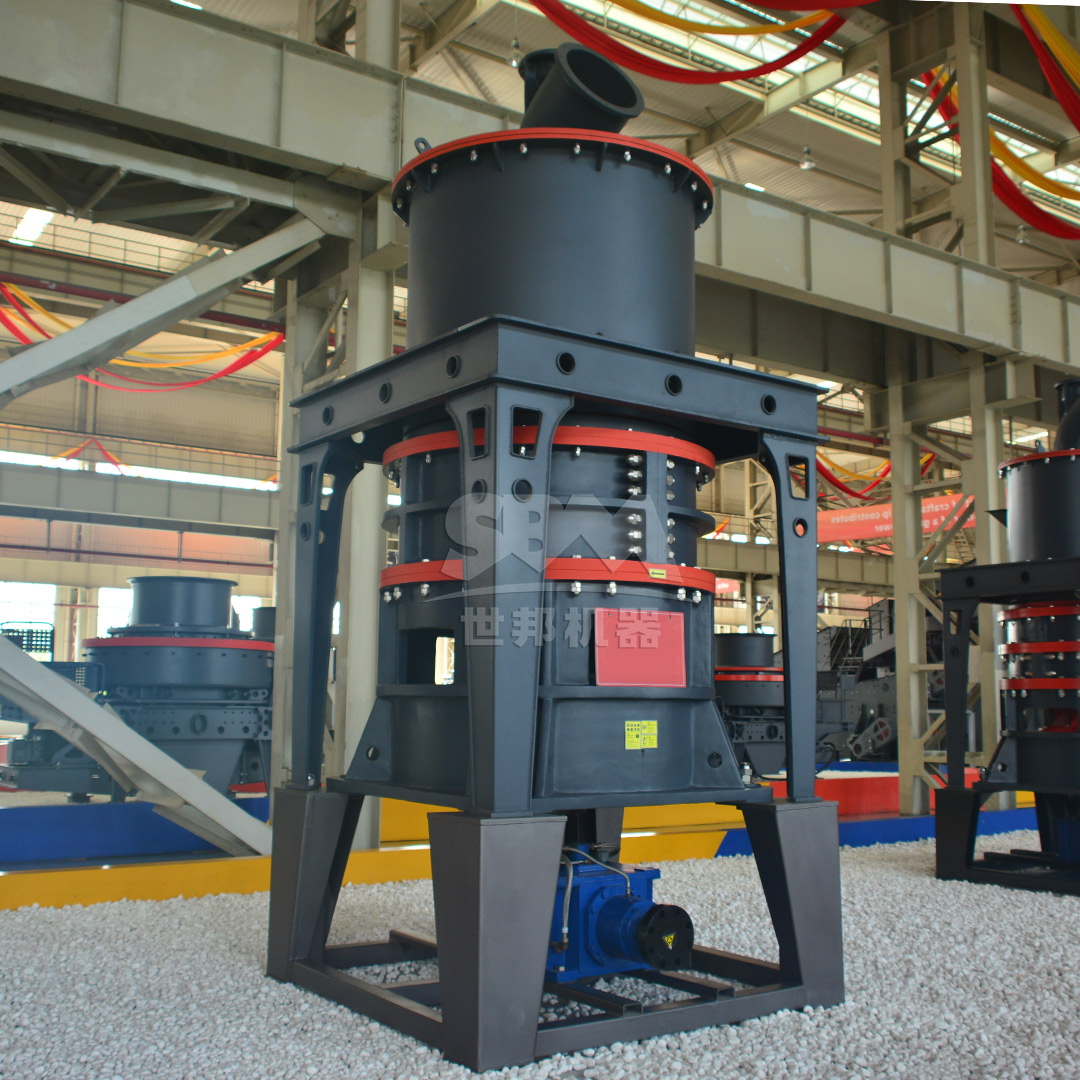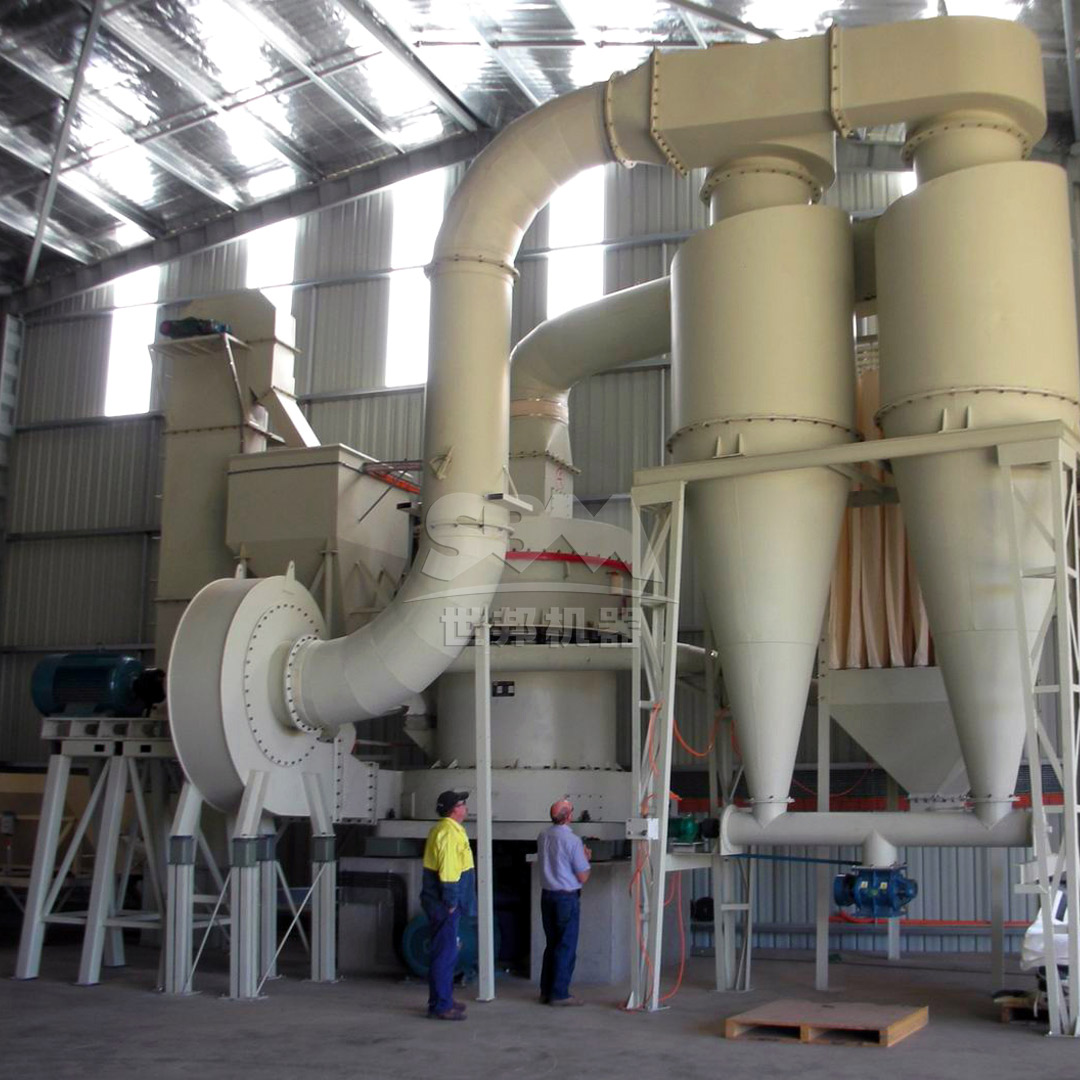Barite, or baryte, is a mineral composed of barium sulfate (BaSO₄). It is primarily used as a weighting agent in drilling fluids for oil and gas exploration due to its high specific gravity (4.2–4.5). Beyond the petroleum industry, barite finds applications in paints, plastics, rubber, and radiation shielding. To meet the stringent fineness and purity requirements of these applications, efficient grinding mills are essential. The right grinding equipment ensures optimal particle size distribution, energy efficiency, and operational reliability.
Grinding barite presents several challenges. Its moderate hardness (3–3.5 on the Mohs scale) and brittleness require mills that can achieve fine to ultra-fine powders without excessive energy consumption. The target fineness for many applications is between 200 and 2500 mesh. Additionally, the abrasive nature of barite can cause significant wear on grinding components, making durability a critical factor in equipment selection. Dust control and noise levels are also important considerations for plant safety and environmental compliance.

Several types of mills are used in barite processing, each with its advantages and limitations. The choice depends on the required product fineness, capacity, and overall operational costs.
For most modern barite processing plants aiming for high-value, ultra-fine products, ultra-fine grinding mills and advanced vertical roller mills are the preferred choices due to their superior efficiency, control, and environmental performance.
For operations requiring high-quality, ultra-fine barite powder, our SCM Series Ultrafine Mill is an exceptional choice. This mill is engineered to efficiently produce powders between 325 and 2500 mesh (D97 ≤5μm), making it perfect for the most demanding barite applications.

| Model | Processing Capacity (ton/h) | Main Motor Power (kW) | Feed Size (mm) | Output Fineness (mesh) |
|---|---|---|---|---|
| SCM800 | 0.5 – 4.5 | 75 | ≤20 | 325-2500 |
| SCM900 | 0.8 – 6.5 | 90 | ≤20 | 325-2500 |
| SCM1000 | 1.0 – 8.5 | 132 | ≤20 | 325-2500 |
| SCM1250 | 2.5 – 14 | 185 | ≤20 | 325-2500 |
| SCM1680 | 5.0 – 25 | 315 | ≤20 | 325-2500 |
For projects where the target fineness is slightly coarser (30-325 mesh) but high throughput is paramount, our MTW Series Trapezium Mill is an excellent solution. It is designed for robust, large-scale grinding operations with capacities up to 45 tons per hour.
| Model | Processing Capacity (ton/h) | Main Motor Power (kW) | Feed Size (mm) | Output Fineness (mesh) |
|---|---|---|---|---|
| MTW110 | 3 – 9 | 55 | <30 | 10-325 |
| MTW138Z | 6 – 17 | 90 | <35 | 10-325 |
| MTW175G | 9.5 – 25 | 160 | <40 | 10-325 |
| MTW215G | 15 – 45 | 280 | <50 | 10-325 |

Selecting the appropriate grinding mill is a critical decision that directly impacts the profitability, efficiency, and product quality of a barite processing operation. For ultra-fine grinding requirements up to 2500 mesh, the SCM Ultrafine Mill stands out with its precision, energy efficiency, and durability. For high-capacity production of slightly coarser powders, the MTW Series Trapezium Mill offers robust performance and reliability. By investing in the right technology, producers can ensure they meet market demands efficiently and sustainably, maximizing the value of their barite resources.